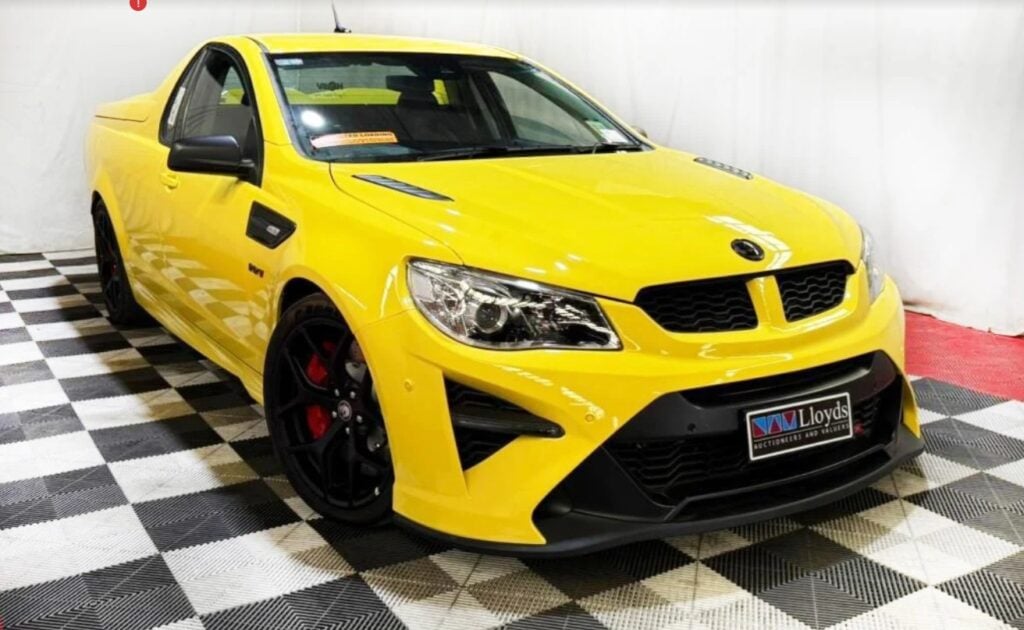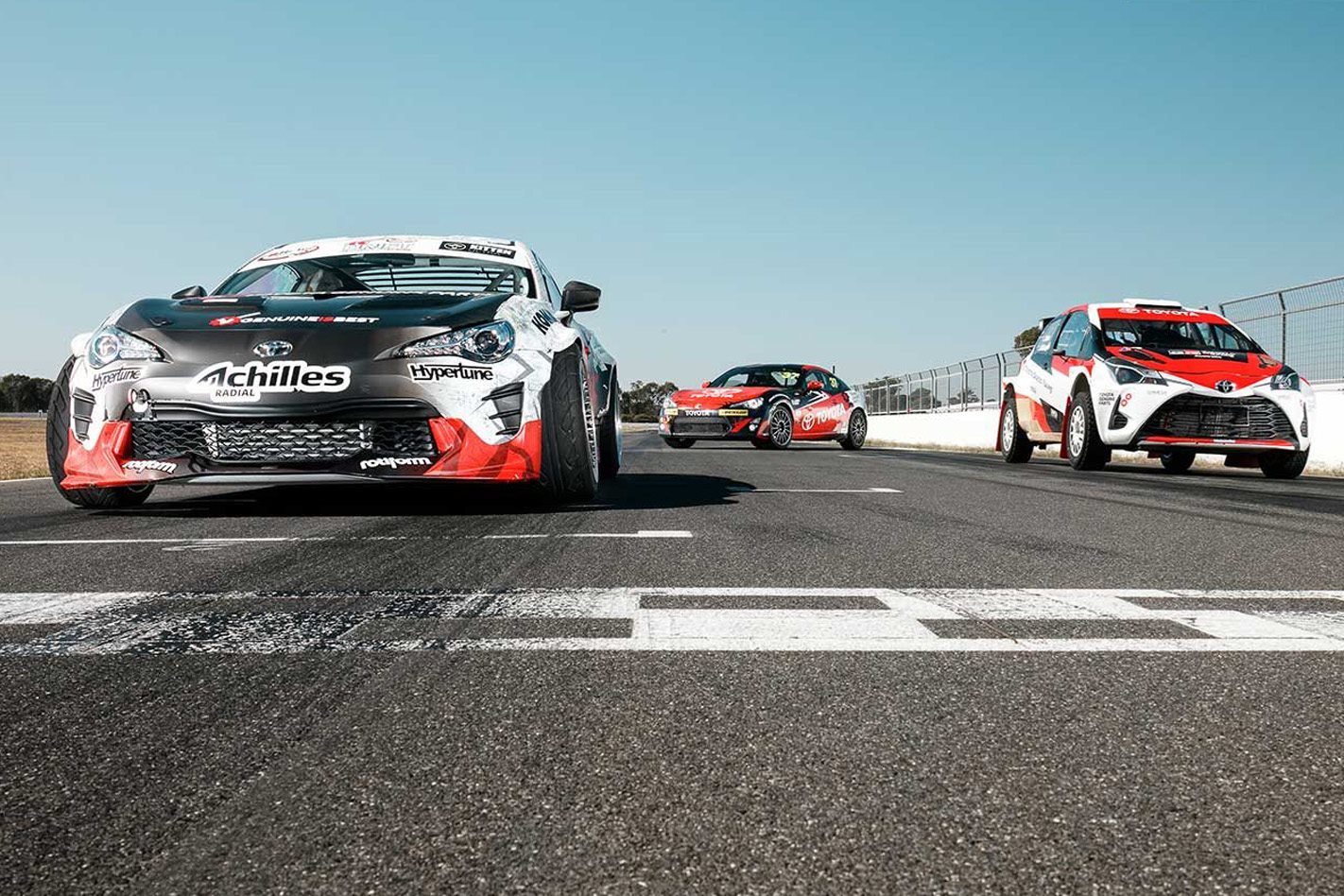
Toyota is Australia’s favourite car brand and not by a fragile margin. Last year, the big red T sold more vehicles than the combined total of the brands in second and third place (Mazda and Hyundai).
Fair to say then, that the Japanese car giant is doing something right in the eyes of Australians.
But, despite its indisputable and seemingly unstoppable lead and about 200,000 annual sales, Toyota is acutely aware that it can’t afford to rest on its laurels.
You need only look to Holden and the crushing result of taking your eye off the ball in the savagely unforgiving Australian automotive landscape.
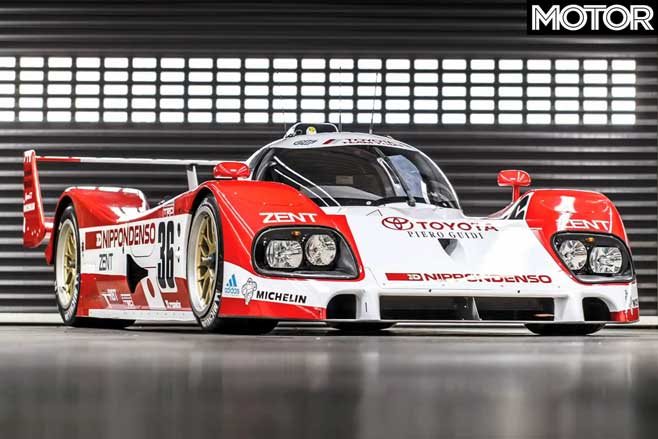
That’s exactly why Toyota isn’t standing still for a second and has been quietly forging a new image for itself over the last few years.
Why fix something that isn’t broken?
The key to Toyota’s success stems largely from a focus on fleet sales and big-ticket orders from companies including government and rental businesses.
These big clients are driven almost exclusively by price, running costs and safety, with little value for cool features and funky style.
Which is why, for many years, if you were after the automotive equivalent of white goods, it was almost certainly a Toyota Camry… in white.
This approach works perfectly for many private consumers, too. Toyota understands that a vast majority of Australian car buyers aren’t motoring enthusiasts and simply want something that’s reliable, safe and cost-effective.
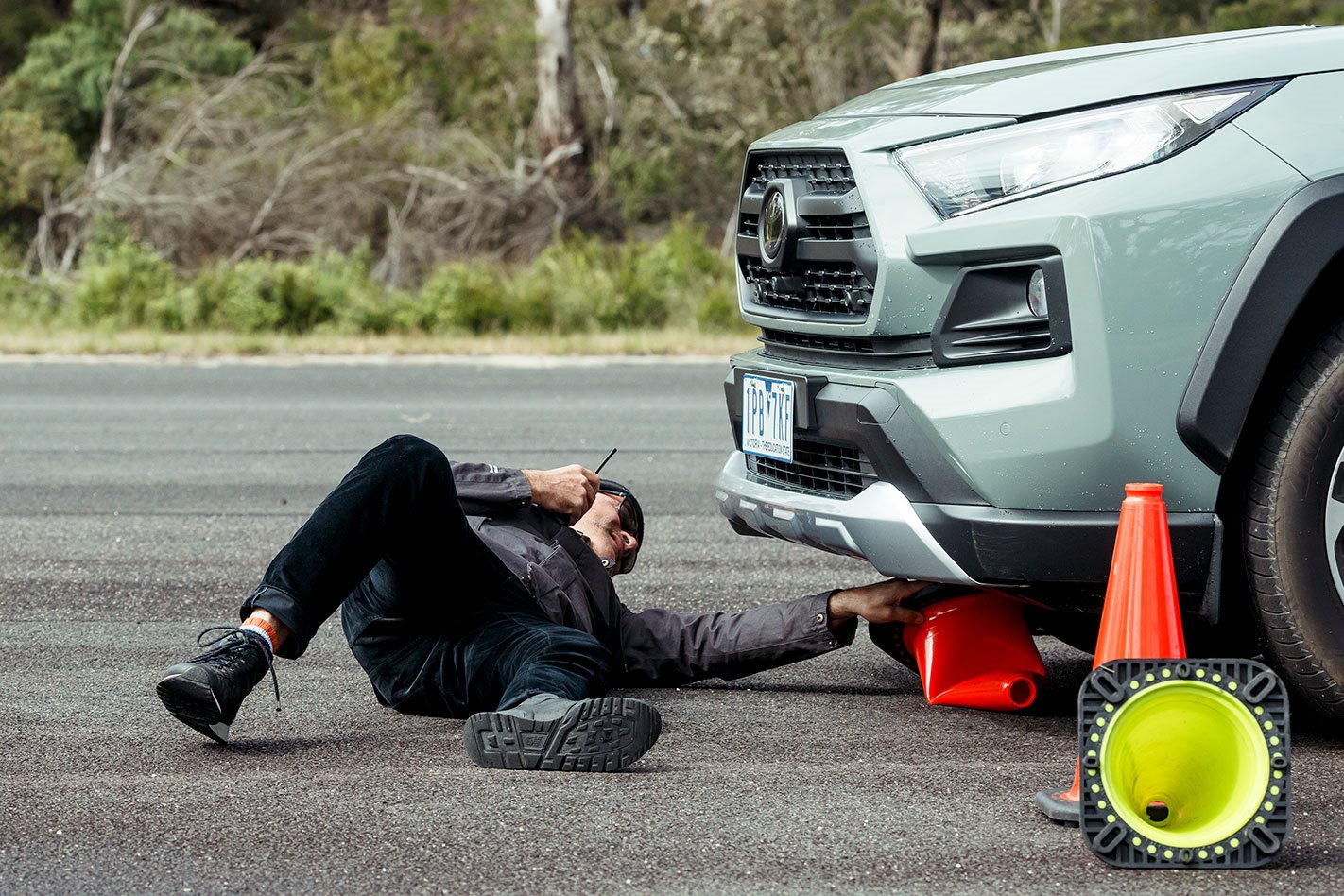
But while Toyota’s fit-for-purpose approach has proven lucrative and efficient, it completely fails to inspire and captivate a new generation of drivers and people to buy Toyotas.
Engineering passion
You won’t have noticed an overnight transformation in Toyota’s image but when you compare the Toyota of 2020 with the company of nearly a decade ago, the monumental change in direction becomes clear.
Here’s how the big T is getting its mojo back and gradually winning over the passionate drivers as well as the pragmatic.
Evolving with the times
Just like Holden and Ford, Toyota once manufactured a large sedan on Australian turf that Australians loved, but over the years, enthusiasm for the Camry, along with the Commodore and Falcon dwindled.
When all three carmakers ceased local production, the large sedan segment fell into obscurity.
The difference between Toyota and the now-doomed Holden was that the Japanese car manufacturer had begun the flow of alternatives Australians wanted to buy many years before.
Those popular SUVs and hatchbacks fuelled the fires of change and funded Toyota’s brand-boosting projects.
Young cars for young people
Trying to win over a crucial youthful audience as well as a driving enthusiast market with a range of cars that target fleets was always going to be a hard sell. Instead, Toyota evolved the range to cater for a broader range of drivers.
Corolla
In 2012, the eleventh-generation of Toyota’s prosaic small hatchback arrived with more than the usual light fettling and a variation on the same theme, it took a step up in design and dynamics.
But the evolution into the twelfth iteration was a quantum leap.
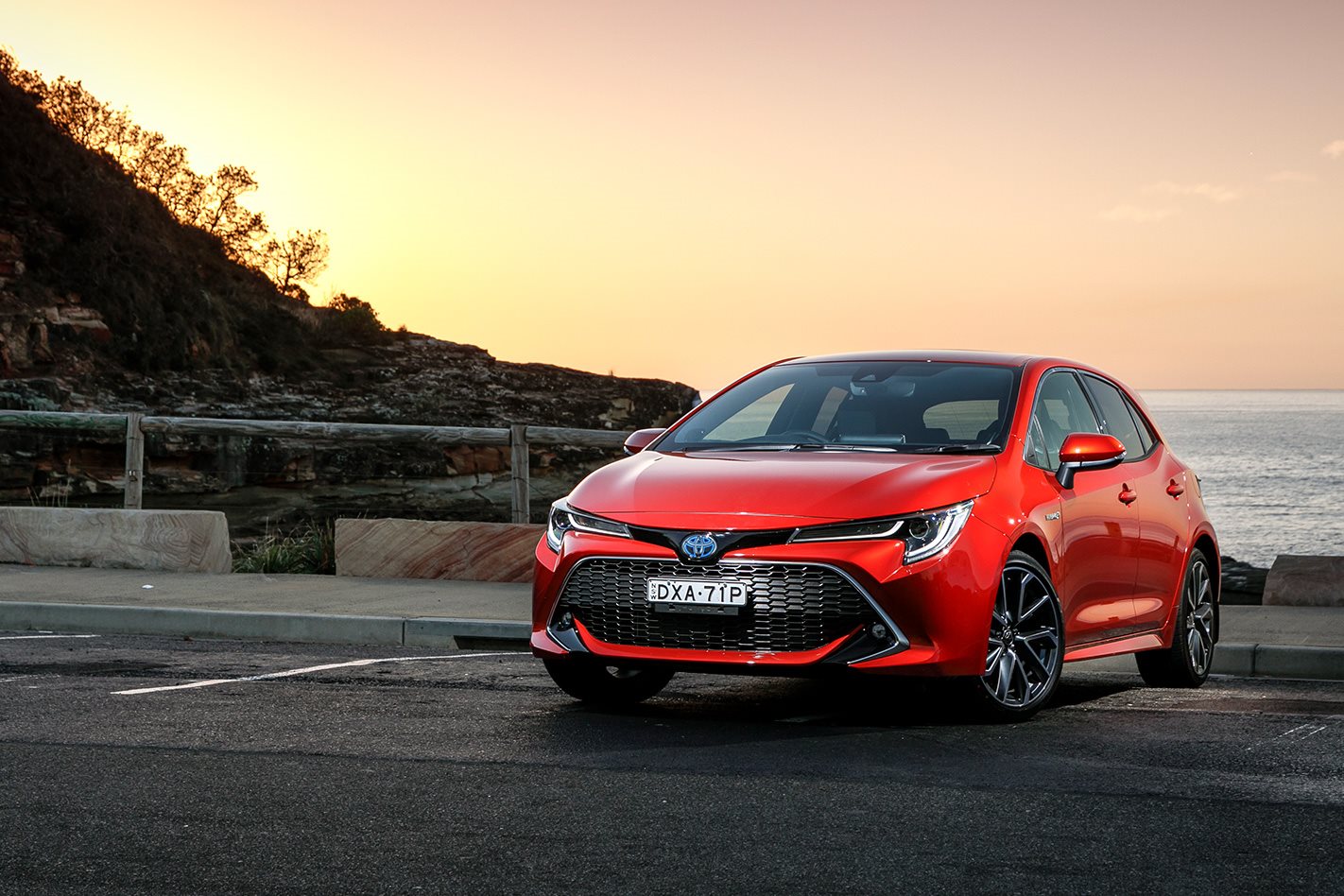
Now the Corolla looks as sharp as its chassis feels, and while there’s not yet anything to compete with true hot hatches, there’s a glimmer on the horizon.
C-HR
Following on from the success of the RAV4, Toyota introduced its first compact SUV – the C-HR. It perfectly filled the gap that had been created by its RAV4 older sibling as it grew into the midsize segment, but the design was like nothing yet seen in Toyota’s ranks.
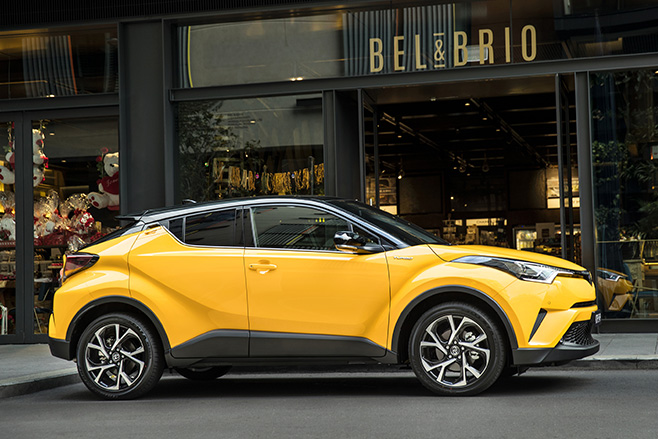
The little crossover only offered a 1.2-litre turbo engine performance, but its real knockout punch was on-point technology including smartphone-prioritising applications and interior design clearly intended to appeal to a style-conscious crowd.
Camry
Who would have ever dreamed the Camry would one day be described as even vaguely cool?
But perhaps the only silver lining to the cloud that was the loss of an Australian-made Camry was the immeasurable step up that an imported version brought.
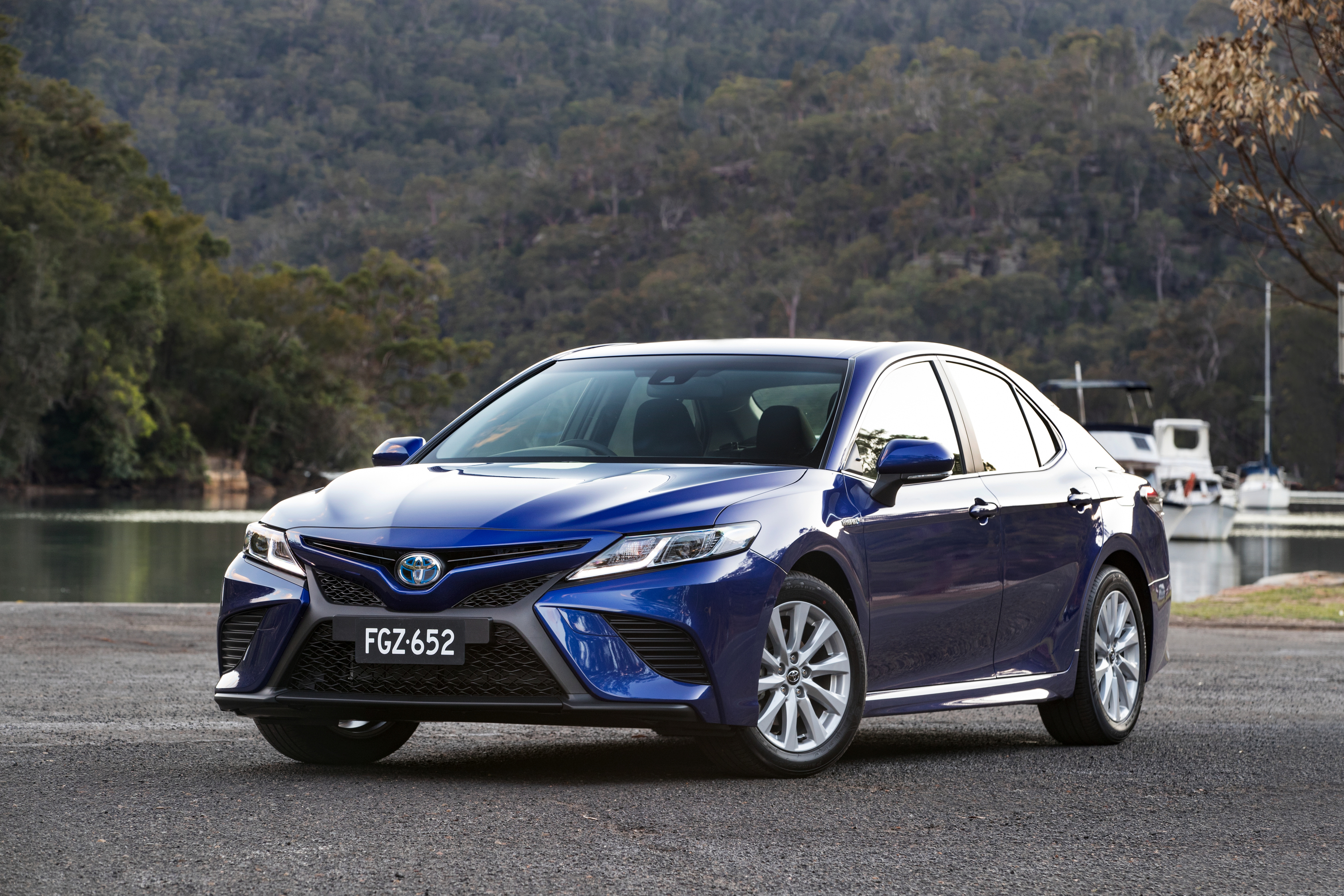
Once again, styling matched the performance promise and the latest generation manages to cater to people who care about what sits on their driveway without compromising the practicality for those who don’t.
RAV4
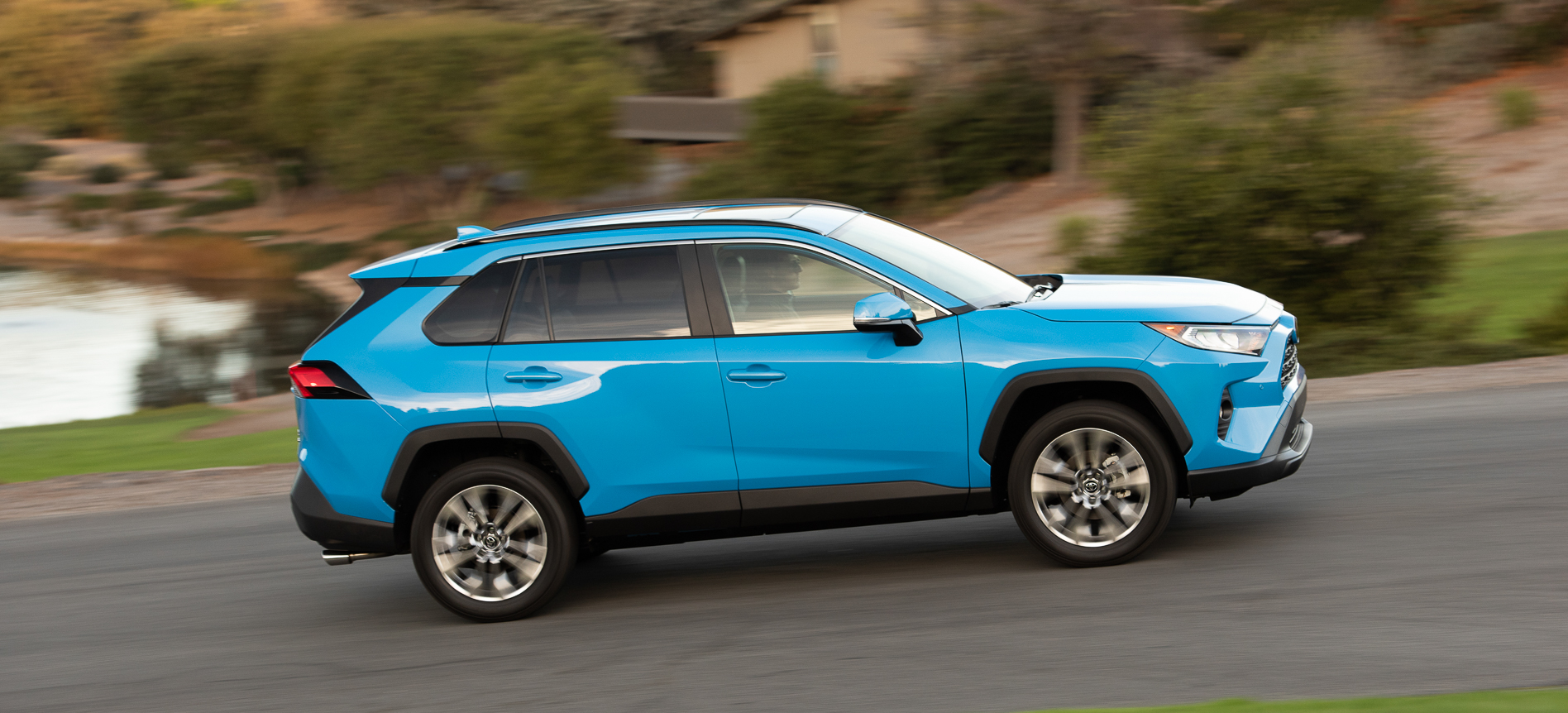
It’s the SUV that started a revolution, and it’s worth noting that it, too, has reinvented itself for a new age.
The success of the hybrid-powered version – with wait times of six months or more on some models – has seen Toyota do what no other manufacturer has been able to do; make green cool.
As well, the boldly angular stature of the new RAV4 is reminiscent of some of Toyota’s daring but underdone darlings like the boxy FJ Cruiser or the polarising but practical Rukus – cars that defied the straight-edged Toyota ethos of the time.
HiLux
Toyota’s iconic pickup was one of its first models that showed signs of finding its way onto the threatened list.
It might have been Australia’s top-selling model for a time, but that was by no means as a result of it being the ‘best’ option in the market.
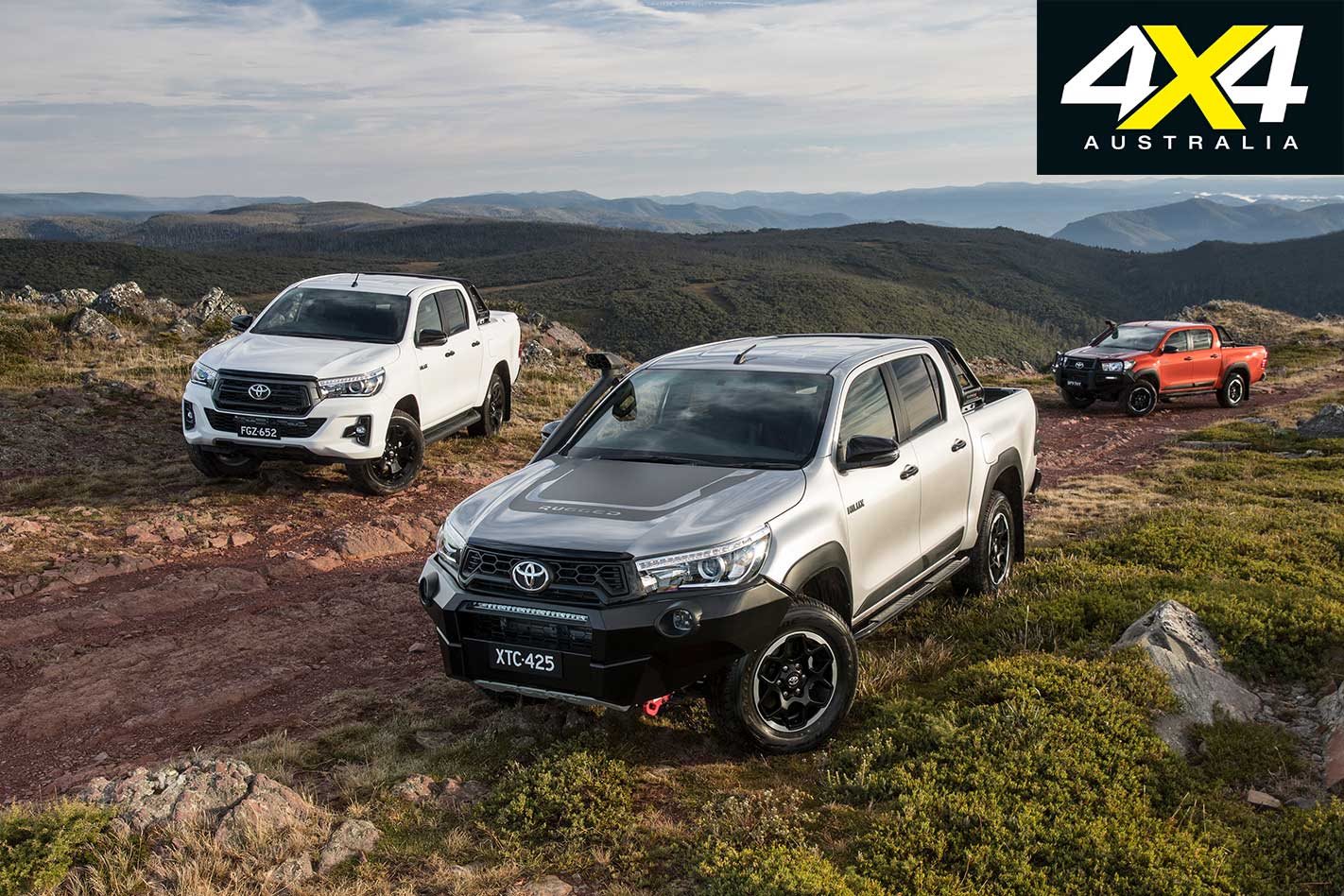
As rival brands introduced monster versions of their one-tonne utes, the weaknesses in the HiLux’s armour started to show. To a degree, however, the range-topping Rugged, Rugged X and Rogue variants applied more pressure and maintain relevance.
Sportscars
86
The company delivered an early hammer blow in its intent to become cooler when, in 2012, it revealed the game-changing 86.
Not only was this rear-drive, 2+2 gem a true driver’s car, it was also affordable.
Nearly a decade on, the little sports coupe is winning hearts and being bought by young car enthusiasts who are proud to say they own a Toyota.
And despite fears of its demise thanks to poor sales in the US, Toyota will bring the 86 back for a second generation.
Supra
The 86 would also get a big sister that would both up the performance ante as well as delivering a second nostalgia trip.
The Supra name instantly created a buzz in the performance car world, tugging at the heartstrings of enthusiasts growing up in the 1980s and 1990s.
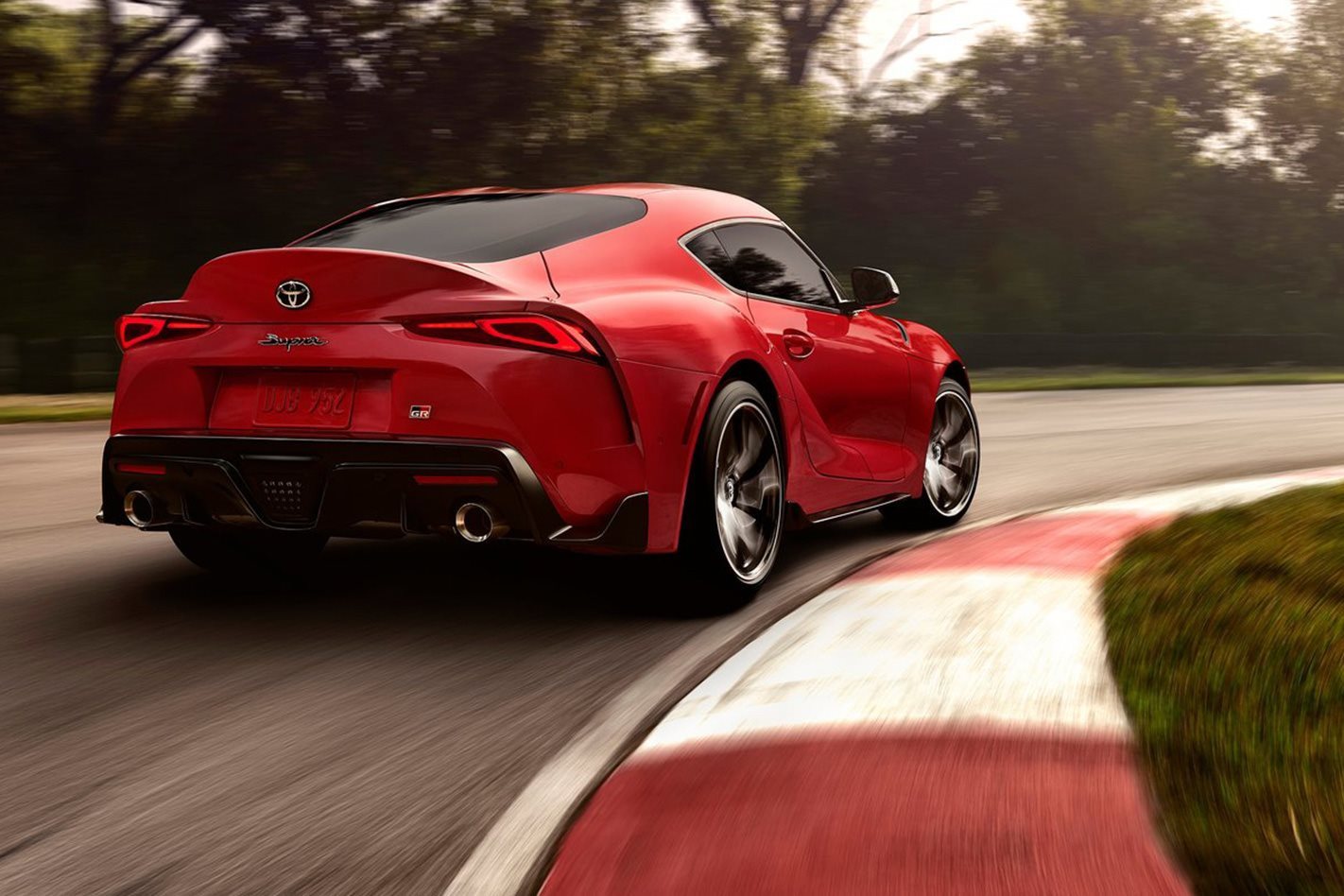
Now though, those fans of the mighty Supra didn’t have to settle for a poster on their wall; they could afford one.
Motorsport
Hand-in-hand with a blossoming range of dynamically rewarding cars, was a growing presence in global and Australian motorsport.
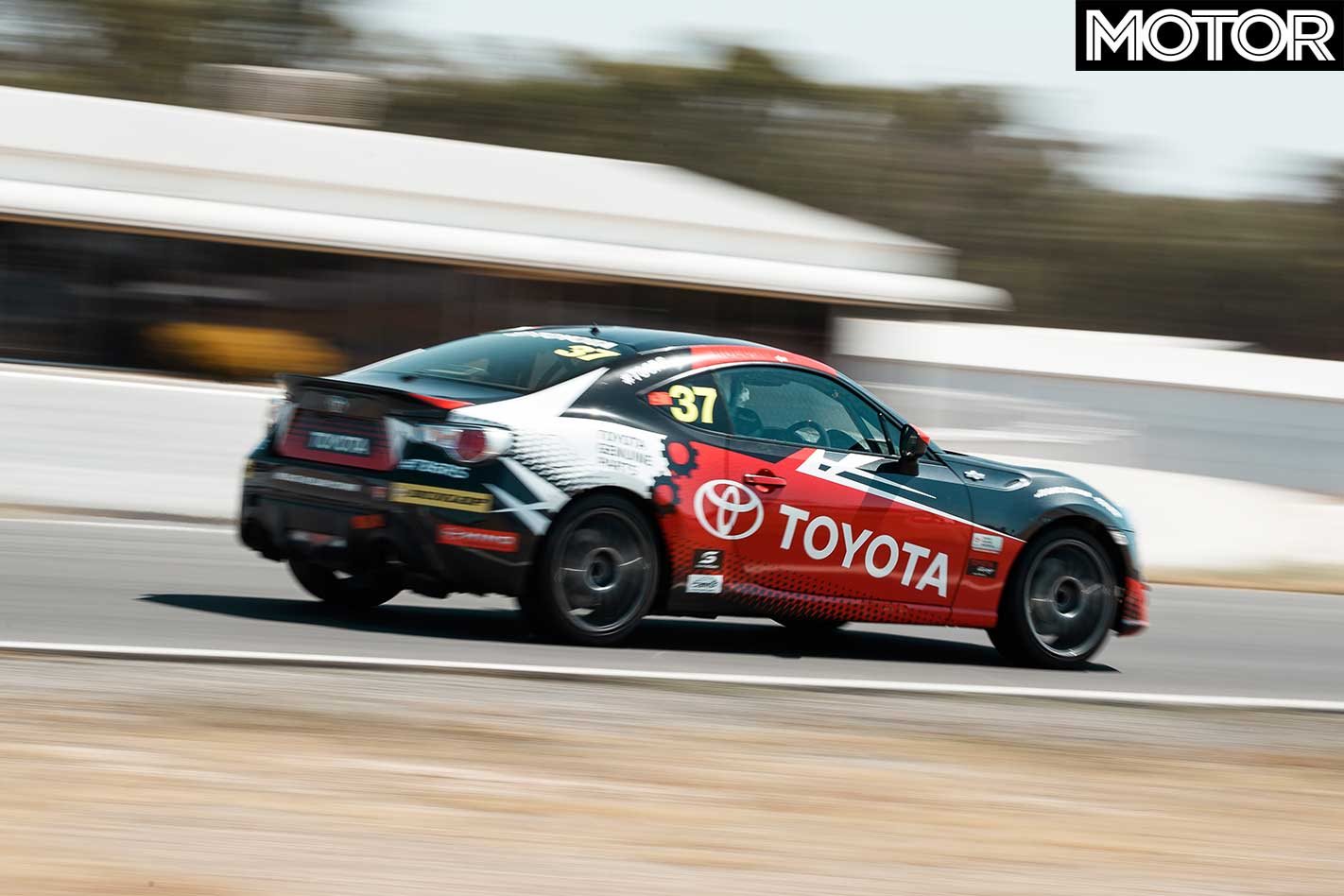
Turn up early to a Supercars race and you’ll see some of Australia’s best drivers battling it out in a single-make series that puts a fleet of racing 86s on track together, further compounding the brand’s commitment to fun and fast driving.
And in 2018, the Toyota rally team would return to the sport it once dominated and take out the top trophy at the Australian Rally Championship, cementing another company triumph into local motorsport history.
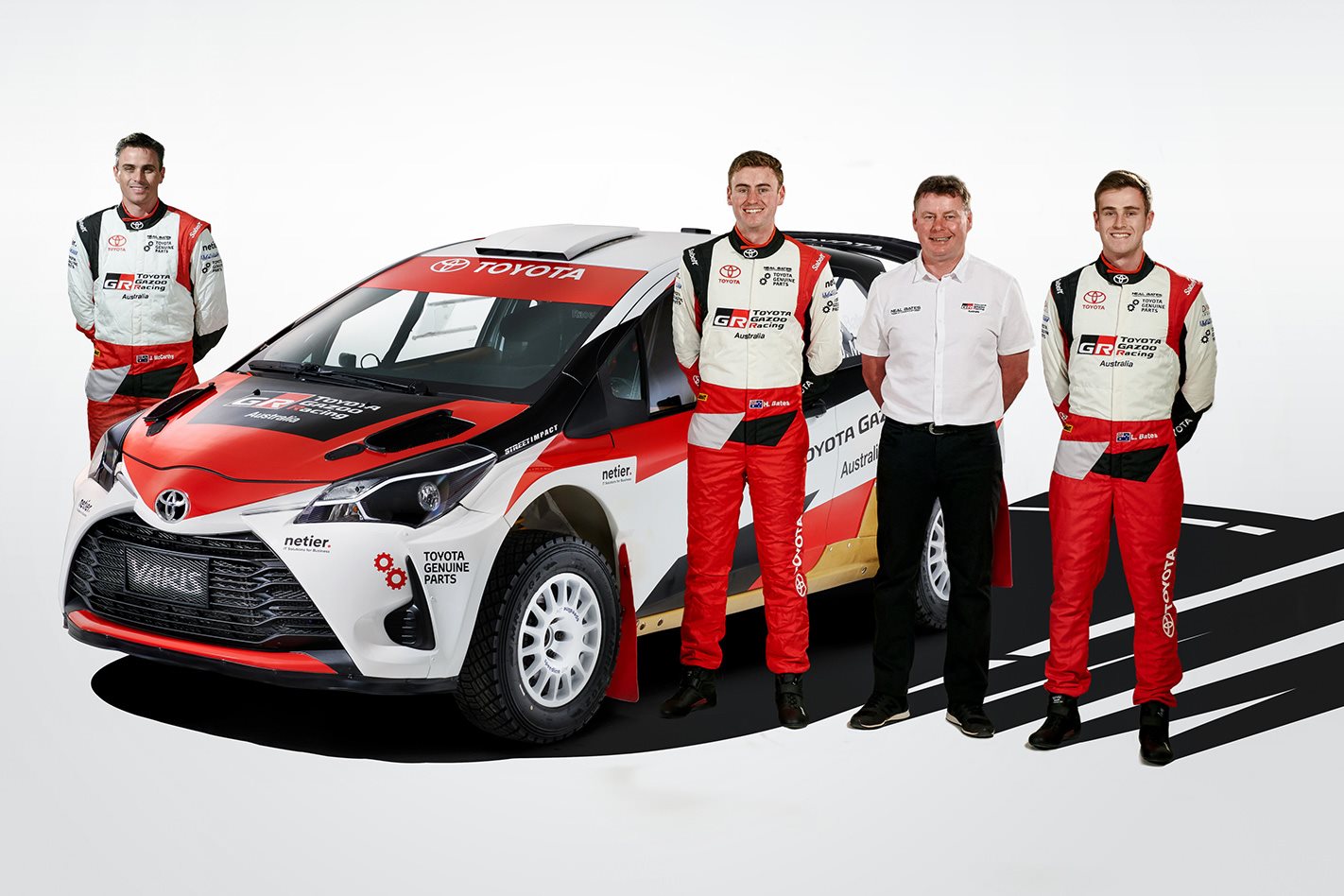
How do you play a Gazoo?
Toyota’s motorsport moniker was introduced to support it various racing ventures around the world, and it’s been slowly infiltrating the road cars ever since, heralding a range of vehicles that might pose as a fierce opponent to hot-hatches from all the mainstream brands.
The GR Yaris was the first, but it will be followed by a GR Corolla and possibly a more potent version of the Supra.
Toyota is not about to let its foot off the accelerator any time soon and you can expect this renaissance to continue morphing the titan away from its dower past and into a shimmering line-up that adheres to Toyota core value principles but adds a dose of future-proofing fun.
The company has arguably not navigated a more significant transition since Kiichiro Toyoda decided to evolve his textiles loom business into automobiles – and rewrite the history books in the process.



